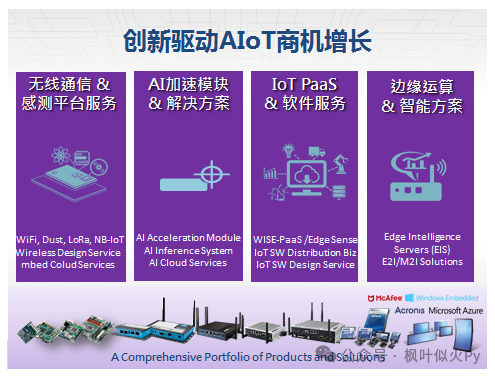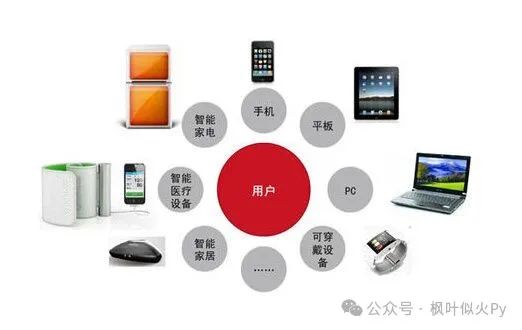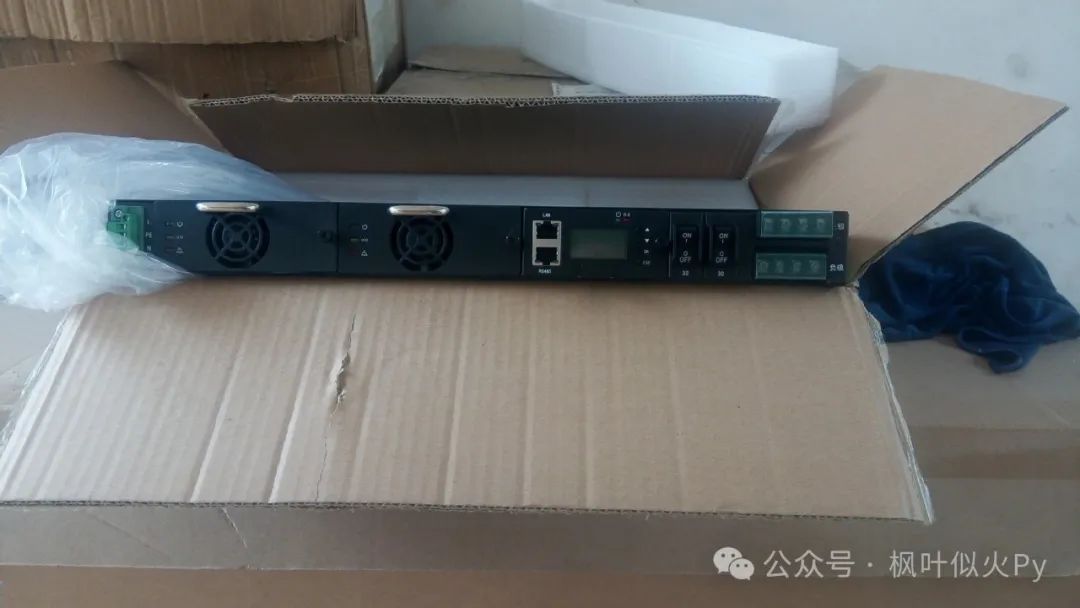1. The Energy Consumption Dilemma in Embedded Development

In today’s technological wave, embedded devices have permeated every aspect of life. From smart wristbands and smart home controllers to sensor nodes in industrial automation and automotive electronic systems, they act as the “unsung heroes” behind the scenes, silently driving the realization of various functions. However, most of these devices rely on battery power, and the slow progress in battery capacity improvement fails to meet the growing energy consumption demands.
Taking common smart wearable devices as an example, their battery capacity usually ranges from tens to hundreds of milliamp hours. With all-day wear and continuous monitoring of heart rate, sleep, exercise, and other data, the pressure on battery life is immense. If power management is inadequate, charging may be required every one or two days, which is extremely inconvenient for users. In the industrial field, wireless sensor nodes are often deployed in remote or hard-to-reach locations, and frequently replacing batteries is costly or even impractical; battery life directly determines their operational efficiency and maintenance costs.
Thus, power management and energy-saving technology have become urgent priorities in embedded development. They serve as a key to unlocking long-term operation, performance enhancement, and cost optimization for devices, and are crucial supports for the maturity and widespread application of embedded systems.
2. Basics of C++ Embedded Development

(1) The Rise of C++ in Embedded Fields
In the evolution of embedded development, the C++ language is gradually coming to the forefront. Compared to the traditional C language, C++’s object-oriented features open a new door for developers. Through encapsulation of classes and objects, complex hardware operations can be organized into clear, logically independent modules. For example, when designing a smart home control system, various sensors (temperature, humidity, light, etc.) and actuators (smart switches, curtain motors, etc.) can exist as objects, with their respective attributes (e.g., sensor accuracy, actuator working status) and behaviors (e.g., data collection by sensors, action triggering by actuators) encapsulated within, making the overall code structure like a precise instrument where each component performs its role while working in coordination, greatly enhancing code maintainability and scalability.
However, this does not mean that C++ will completely replace C. In scenarios where resources are extremely limited and real-time performance and efficiency are demanded, such as simple 8-bit microcontroller-controlled electronic toys or minimal sensor nodes in some industrial automation, C remains the best choice due to its simplicity, efficiency, proximity to hardware, and small code size after compilation. C++ is more often applied in the development of mid to high-end embedded devices, such as smart in-car entertainment systems and complex medical monitoring devices, which require tackling complex functional demands and frequent feature iterations. C++’s characteristics can effectively address these challenges, facilitating efficient development.
(2) Key Points for Setting Up the Development Environment
Starting the journey of C++ embedded development requires a suitable toolchain. Common compilers include GCC (GNU Compiler Collection), which serves as a versatile craftsman, adeptly compiling both C and C++ code, accurately translating it into the machine code required by the target platform, and performing excellently across different architectures (ARM, AVR, MIPS, etc.). Its rich optimization options can tailor performance to the limited resources of embedded devices, extracting every bit of performance. Similarly, Clang is known for its excellent error messages and fast compilation, saving developers valuable time during code correction and iteration.
In terms of integrated development environments (IDEs), Eclipse with the CDT plugin offers a fully functional development environment, where intelligent prompts and syntax highlighting during code editing serve as helpful assistants, and automatic build and debugging features ensure a smooth transition from prototype to completion; Visual Studio Code, with its lightweight nature and rich plugin ecosystem, is also favored in embedded development. By installing the C/C++ plugin and configuring the relevant compiler paths, it can transform into a powerful tool for embedded development, and its cross-platform features allow developers to switch work environments seamlessly across different operating systems.
During the cross-compilation phase, special attention is needed since the hardware architecture of embedded devices often differs from that of the development host. For example, in ARM architecture embedded development, after installing a cross-compilation toolchain (like arm-none-eabi-gcc) on an X86 architecture PC, it is critical to finely configure compilation options, from processor models and memory layouts to code optimization levels. Each parameter affects whether the final generated code can run stably and efficiently on the target ARM device, similar to customizing a training plan for athletes with different physiques; only with precise matching can optimal performance be achieved.
3. Core Elements of Power Management

(1) Power Consumption Control at the Hardware Level
Hardware is the cornerstone of embedded systems and plays a key role in power management. Power management integrated circuits (PMIC) act as precise power dispatchers, controlling the power supply of embedded devices. Taking the TI (Texas Instruments) TPS62130 chip as an example, it is designed for low-power applications and can dynamically adjust output voltage based on system load. When the device is in standby mode, it automatically reduces voltage output, allowing core components like the processor to enter low-power mode; when high-performance computing is needed, it quickly raises the voltage to ensure smooth system operation. Its built-in multiple protection mechanisms, such as over-voltage, over-current, and over-temperature protection, serve as a sturdy shield, ensuring stable system operation and preventing hardware damage due to power anomalies.
Power supply circuit design is equally important. Well-planned circuit board routing can effectively reduce line resistance and transmission loss; appropriately selecting passive components like capacitors and inductors can filter out power noise, providing a clean and stable power supply for the chip, akin to creating a stable operating platform for precision instruments, allowing each electronic component to operate efficiently in a suitable electrical environment, fundamentally reducing unnecessary power consumption.
(2) Energy-Saving Strategies at the Software Level
Software acts as the intelligent brain of embedded systems, playing a crucial role in power management. Power management software monitors the energy consumption of various system components in real-time and uses intelligent algorithms to analyze data flow, task load, and other information, dynamically adjusting hardware accordingly. In embedded Linux systems, tools like cpufrequtils can dynamically adjust processor frequency based on CPU usage. When the system load is light, such as when only running background monitoring tasks, the CPU frequency can be reduced to save energy; when facing complex computational tasks like video decoding or data encryption, the frequency can be promptly increased to ensure performance.
The collaboration between software and hardware is key to energy saving. Device drivers, serving as the bridge between software and hardware interaction, play an important role. Well-written drivers can precisely control the power state of hardware devices, allowing them to quickly enter low-power sleep mode when not in use and quickly wake when needed. For example, in the case of SPI interface sensors, the driver can place the SPI bus in low-power mode during data collection gaps, activating it only during data transmission, allowing hardware to operate under the software’s command, maximizing overall power savings.